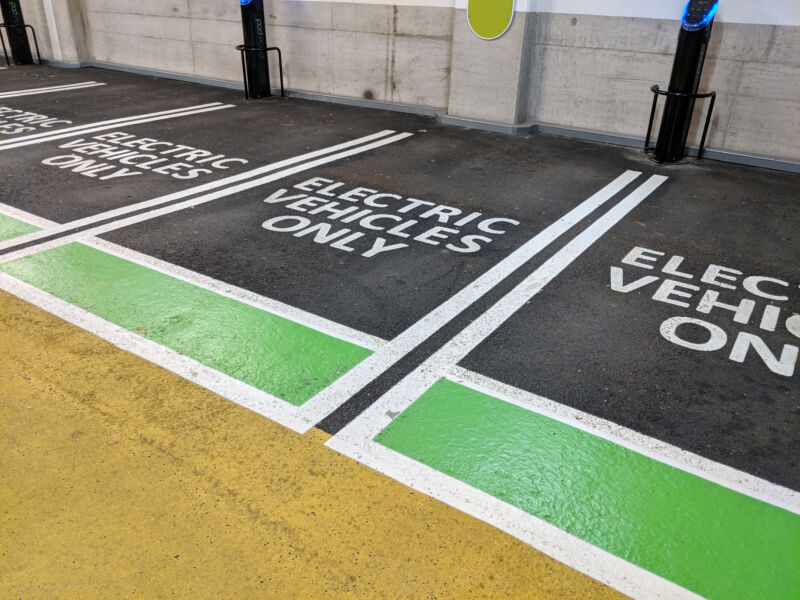
Enlarge / The Biden plan does not include a requirement that all new vehicles be zero-emissions at any point in the future. (credit: Richard Newstead/Getty Images)
On Thursday, President Joe Biden announced that by 2030, half of all new cars and light trucks should be zero-emissions vehicles—a mix of battery-electric vehicles, plug-in hybrid EVs, and hydrogen fuel cell EVs. But the White House still sees a future for burning hydrocarbons, as the executive order will also develop new long-term fuel-efficiency standards, and there is no mention of phasing out internal combustion engines for new vehicles at any point in the future.
Additionally, the Environmental Protection Agency and National Highway Traffic Safety Administration are expected to announce new fuel-efficiency rules through model year 2026. The US had a relatively ambitious goal of reaching a corporate average fuel economy target of 54 mpg (4.3 l/100 km) in 2025 under President Obama, but President Trump took a wrecking ball to that plan in 2020.
The EPA and NHTSA will likely adopt the framework recently put together by California’s Air Resources Board and BMW, Ford, Honda, Volkswagen Group, and Volvo. The plan would reduce emissions from new vehicles by 17 percent by MY2026.
